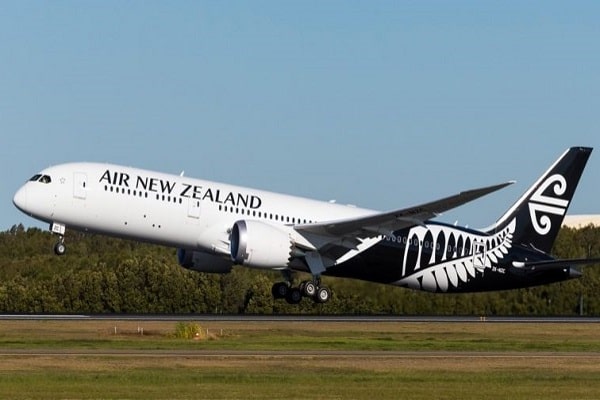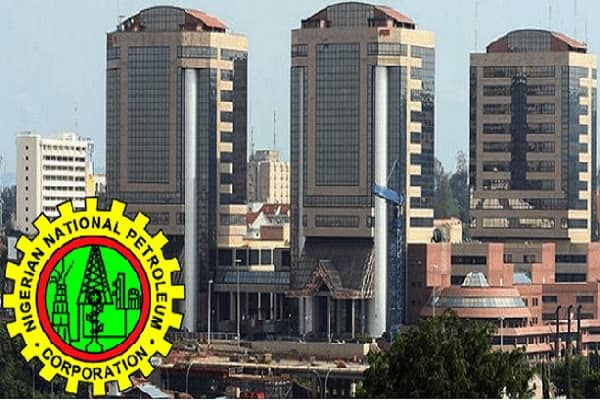The 10 Worst Nuclear Disasters Ever Recorded [INES & IAEA]
What are the worst nuclear disasters ever? Nuclear development has brought advances in energy and science. And also tremendous accidents. The International Atomic Energy Agency (IAEA), which belongs to the UN, is in charge of measuring nuclear accidents and keeping a record of all those that have occurred on the planet.
For its measurement, it has the International Nuclear and Radiological Event Scale (INES).
Among many variables, the main ones are the consequences on people and the environment, as well as their effects on radiological barriers and failures in control systems.
![The 10 Worst Nuclear Disasters Ever Recorded [INES & IAEA] 2 The 10 Worst Nuclear Disasters Ever Recorded [INES & IAEA]](https://allroundgist.com/wp-content/uploads/2022/11/worst-nuclear-disasters-ever-recorded-img_13362-min.jpg)
The severity of these accidents is measured in seven levels. Level seven defines serious accidents. The development of nuclear energy in the 20th century brought development to the planet in terms of energy, science and other related disciplines. But it also caused accidents at its nuclear plants. What were the worst accidents that shocked the planet, according to the INES scale?
Top 10 Worst Nuclear Disasters Ever
1. Windscale nuclear reactor (England, 1957)
In October 1957, at Windscale, Piles, in the United Kingdom, there was a release of radioactive material into the environment following a fire in a reactor core.
The IAEA cataloged it at level 5. This means that it was an accident with far-reaching consequences. A fire engulfed Britain’s first reactor at Windscale in northwest England, creating a leak of radioactive material including cesium, iodine, plutonium and polonium. This leak reached the entire country and northern Europe. It is estimated that about 250 people died of cancer and this is why it is one of the worst nuclear disasters ever.
2. Three Mile Island (USA, 1979)
Another accident – the largest in the United States – which also reached level 5, occurred at the Three Mile Island plant in Middletown, Pennsylvania, in March 1979, when serious damage occurred to the core of the second reactor. It partially melted due to a cooling system failure releasing radioactivity into the atmosphere.
The reactor was disabled. There were no deaths or injuries among workers at the plant, or in nearby towns. But this accident forced the nuclear industry in the United States to carry out several reforms in terms of safety and monitoring of the plants. The Three Mile Island plant closed for good in 2019.
3. Chelliabnsk-40 secret power station (former Soviet Union, 1957)
In 1957, a level 6 incident occurred in the Soviet Union in the city of Kyshtym when there was a significant release of radioactive material into the environment from the explosion of a high-level waste tank. This disaster was due to a failure of the cooling system in a tank containing radioactive waste at the Mayak plutonium production plant in the Ural Mountains.
Known as Mayak, in the Ural Mountains (the former USSR), it causes at least 200 deaths and contaminates 90 square kilometers with strontium.
The explosion spread radioactive elements in the atmosphere such as cerium and zirconium. He contaminated 90 square kilometers with strontium. More than 12,000 people were evacuated from the contaminated area around Kyshtym. And it is believed that at least 200 people died as a result of this accident that the IAEA classified as level 6.
4. Fukushima Reactor and the Tsunami (Fukushima, Japan, 2011)
In 2011, the nuclear accident that occurred in Fukushima, Japan, was the only one, apart from Chernobyl, to have reached level 7, the maximum on the IAEA scale. At 2:46 PM on March 11, 2011, a strong earthquake of magnitude 9.1, 372 km northwest of Tokyo, triggered a tsunami. The waves, which exceeded 9 meters, damaged several nuclear reactors at the Fukushima plant.
There, radiation levels of 1,000 microsieverts were recorded. Two days after that fateful March 11, 185,000 inhabitants had already been evacuated from the area. Several outbursts in different reactors would follow in the following days. Even just three months later, Japan announced that reactors 1, 2, and 3 of the nuclear power plant had totally collapsed.
The subsequent investigations detected that the officials who managed the plant had not had the appropriate measures of zeal and security for such a plant. It is often said that during this collapse of the reactors, people did not die but in the tsunami that preceded it.
As one of the worst nuclear disasters ever it is one of the moments of great mourning in the history of Japan. CNN, in its own investigation, with sources attributed to the Japan Fire and Disaster Management Agency, detailed that in total more than 22,000 deaths and disappearances combined (about 20,000 deaths and 2,500 missing persons) were confirmed. Remarking that “the deaths were the result of the earthquake in Japan and the tsunami, and also of the health conditions after the disaster.”
5. Chernobyl (Soviet Union, now Ukraine, 1986)
- Level 7 accident INES (International Scale of Nuclear and Radiological Events).
Like Fukushima, another worst nuclear disasters ever recorded is the explosion of reactor No. 4 at Chernobyl (now in Ukraine), was a level 7 event. This caused effects on health and the environment. It was an external release of a significant fraction of the reactor core. The disaster struck on April 26, 1986, in the midst of a failed safety test, and clouds of radioactive material spread across Europe.
Radiation exposure caused the immediate death of more than 30 people after the explosion from radiation exposure. In the following years there were more deaths from radiation symptoms: according to the IAEA and the World Health Organization, the figure reached 4,000 people.
The construction of a sarcophagus that covered the No. 4 reactor and shielded the radioactive material deteriorated over time, which has caused radiation leaks. Finally, in 2016, a structure called New Secure Confinement was placed over the sarcophagus.
6. Accident in Goiânia, Brazil 1987
On September 13, 1987, a radioactive contamination accident occurred in the Brazilian state of Goais. An old radiotherapy source was stolen from an abandoned hospital in the city. Subsequently, it was treated by many people, killing four people. 112,000 people were screened for radioactive contamination with 249 having significant levels of radioactive material in their bodies.
7. SL-1 Experimental Power Station, Idaho, United States of America
On January 3, 1961, a US Army experimental nuclear reactor suffered a steam explosion and collapsed killing all three operators. The cause of this was the improper removal of the control rod, responsible for the absorption of neutrons in the reactor core.
This event is the only known fatal reactor accident in the United States. The accident released about 80 curies of iodine-131.
8. Saint-Laurent, France 1969
On October 17, 1969, 50 kg of uranium in one of the gas-cooled reactors began to melt. This was classified as Level 4 by the INES and to this day remains the most serious civil nuclear disaster in French history.
9. Buenos Aires, Argentina 1983
An operator’s mistakes during fuel plate reconfiguration led to his death two days later. There was a 3×10 fission excursion on the RA-2 facility with the operator absorbing 2,000 rad of gamma and 1,700 rad of neutron radiation. Another 17 people outside the reactor room absorbed doses ranging from 35 rad to less than 1 rad.
10. Tokaimura, Japan 1999
When a group of unskilled workers decided to put more highly enriched uranium into a fallout tank than was allowed, disaster struck.
Two of the workers eventually died with another fifty-six factory workers also being exposed to high levels of radiation. To make matters worse, 21 civilians were also exposed to high doses of radiation and residents within 300 meters of the plant were evacuated.
Read Also: The Most Dangerous Countries In The World
We hope Allroundgist has been helpful in educating you about the worst nuclear disasters ever recorded in history, if so kindly share this post via the social share buttons below.


![The 12 Youngest Presidents In The World [2023 Ranking] 4 The 12 Youngest Presidents In The World [2023 Ranking]](https://allroundgist.com/wp-content/uploads/2022/11/youngest-presidents-in-the-world-img_15242-min.jpg)


![What are the Best Medical Schools in the World? [2023 Ranking] 7 What are the Best Medical Schools in the World? [2023 Ranking]](https://allroundgist.com/wp-content/uploads/2022/12/best-medical-schools-in-the-world-img_1653-min.jpg)
